Voice of the Customer Program: A Guide to Driving Growth

Have you ever struggled to capture valuable customer feedback because you lacked the right system or process? Many companies face the same issue when they ignore or treat feedback channels as an afterthought.
When you miss out on feedback, you lose visibility into problems, miss growth opportunities, and frustrate loyal customers. A voice of the customer (VoC) program helps you organize and act on insights that already exist across your business. That’s why more companies are now investing in structured systems to listen more actively.
In fact, 60% of companies using VoC programs will also analyze voice and text interactions, according to Gartner. This shift indicates that companies now prioritize meaningful insights over volume.
This guide shows how to build a VoC program, collect insights, and turn feedback into actions that boost revenue, loyalty, and satisfaction.
What Is a VoC Program?
A voice of customer program is a process that collects, analyzes, and acts on customer input from all channels in a structured way. Companies use a VoC program to track how people interact with their products, services, or brands and understand what customers really think.
A well-built VoC program includes:
- Clear and measurable business goals tied to customer outcomes
- Leadership commitment and buy-in to drive change
- Collaboration between customer-facing teams and internal stakeholders
- A mapped understanding of the whole customer journey
- Ongoing listening across email, chat, surveys, support tickets, and social media
- Regular market and customer research beyond survey results
- Standardized analysis and easy-to-share reporting
- Internal feedback loops so teams know what to improve and why
Plus, it uses both types of feedback to get the complete picture. Here's how they differ:
Core Elements of a VoC Program
Before you build a strong voice of the customer program, focus on the basics first. A successful voice of the customer program follows three key steps:
1. Listening: Capturing customer feedback
You need to collect feedback across various channels, such as surveys, chat logs, calls, and social media comments. Companies that take the time to listen closely uncover needs that don’t appear in surface-level feedback.
According to research, 81% of service professionals believe that customer expectations now demand more personal interactions than they did before.
2. Analyzing: Turning data into insights
Collecting feedback matters, but you only benefit when you turn it into specific actions and insights. A reliable voice of the customer program helps your team find patterns, spot product issues, and identify areas of missed value.
Without this step, raw data often goes unused and fails to create any business outcome.
3. Acting: Making strategic improvements
You must act on feedback regularly to avoid getting stuck in outdated systems that no longer serve your customers. Teams that run an active voice of the customer program review data consistently, share findings, and improve weak areas based on what users actually say.
These actions push customer satisfaction higher and reduce long-term churn.
Benefits of Implementing a VoC Program
A voice of the customer program empowers different teams across a large enterprise with actionable feedback and clear direction. Here’s how:
Better product development
When you run a VoC program, you give your product team real input from actual users. Direct feedback reveals which features confuse people, what works well, and what they often ignore. This helps teams avoid low-impact updates and focus on meaningful improvements.
Engineers and designers use these insights to fix usability issues, while marketing teams write clearer product descriptions that match customer expectations. When development uses real feedback, every update serves a proven customer need.
Improved customer satisfaction and loyalty
A VoC program gives customers a direct way to share concerns, which helps businesses respond quickly. When companies act fast on this input, they improve customer satisfaction and reduce churn.
In fact, organizations implementing VoC strategies with structured feedback channels and sentiment analysis have achieved a 17% increase in customer satisfaction score (CSAT) and an 18% lift in revenue within just a few months.
For example, Sephora’s “Beauty Insider” program shows how feedback improves loyalty. Members use points for sample products and services like makeovers, which supports customer habits like testing before buying. The company built a “Beauty Insider Community,” giving members space to trade advice and ideas.
Enhanced brand reputation
A VoC program helps prevent minor issues from becoming public crises by detecting and resolving them early. By acting quickly on negative feedback, companies can maintain trust and preserve their brand image.
Instead of facing viral complaints or social media blowups, businesses that engage with feedback promptly can turn unhappy experiences into loyalty-building moments. A 2023 survey revealed that 76% of people will update a negative review to neutral or positive once they see their issue resolved promptly.
Increased revenue opportunities
Clients who enjoy personalized encounters and prompt responses tend to spend more and refer others. In fact, recent data shows businesses that prioritize customer experience deliver up to 5.7 times more revenue compared to competitors with poor service.
That proves that the voice of the customer programs can directly influence growth.
How to Build a Voice of the Customer Program
Before you build the VoC program, evaluate these essential factors:
- Your budget
- Ease of setup and usability
- Compatibility with current tools
- Reliable customer support
- Features like sentiment analysis
After you analyze these points, choose the tool that fits your needs and launch your VoC program.
Define objectives and KPIs
You must clearly define what you want to achieve with your VoC program. Typical goals include improving satisfaction, reducing churn, or resolving common complaints. Ask yourself:
- Which business goal will this program help you reach?
- What specific feedback do you need to collect and review?
- Which VoC tool or survey platform will best support your needs?
Then build surveys to fit your goals. Use NPS questions for metrics and add open-ended ones that help uncover root causes. Tailor questions to each stage of the user experience to capture context and relevance.
Identify customer touchpoints
Start mapping every point where customers interact with your brand, such as search results, ads, blog posts, reviews, store visits, and support calls. Create a customer journey map to visualize how these interactions connect.
That map gives you a full picture of experiences, helping your team choose where to gather feedback most effectively.
Choose the right tools and channels
Combine VoC tools with behavioral analytics to gather contextual feedback and cut survey fatigue. List the key interaction points where you’ll collect input:
Surveys
Use surveys in email, SMS, or on your website to gather feedback at critical moments. ClearlyRated’s NPS surveys sort responses into promoters, passives, and detractors and help you measure loyalty clearly.
These surveys let you ask about satisfaction and gather sentiment around areas like fairness, recognition, belonging, and diversity. Tailored questions help you address specific service areas with actionable insights.
Interviews
Conduct scheduled calls or video chats with customers to collect in-depth feedback and personal stories. Record their responses to capture tone and emotion.
Then, use that material to guide product decisions, messaging, and support training.
Social listening
Monitor public spaces like Twitter, Reddit, and blogs to catch unsolicited feedback about your brand regularly. Track each mention carefully while analyzing patterns in sentiment over time for clearer trends.
Share detailed insights with teams who need real-world quotes or behavior data to improve decisions.
Support ticket analysis
Go through customer support logs carefully to find recurring problems and frequent questions from users. Tag each ticket by topic and keep track of how long it takes to resolve each issue clearly.
Teams will use this information to spot where customers face repeated difficulties and improve support processes directly.
Segment your audience
After gathering feedback, divide users into groups based on behavior, satisfaction level, or company role. Assign segments such as:
- New customers
- High-value users
- Frequent support contacts
- Unhappy customers
Tailoring follow-up questions per group helps you address issues relevant to each type of customer.
Analyze and prioritize feedback
You can collect all the data you want, but without analysis, it won't help you take action. To actually use customer feedback, you need a consistent way to break it down and study it.
Tools like natural language processing (NLP) and sentiment analysis let you review feedback at a larger scale. They help you spot recurring words, emotions, or complaints in both open text and tagged responses. By breaking raw feedback into useful chunks, you can tell what frustrates or satisfies your customers most.
Close the loop with customers
Formal closing-the-loop means you directly follow up with any user who voiced a complaint or suggestion. Tell them what action you took or plan to take.
For example, if a customer reports long wait times on your support line, and your team responds by adding weekend staffing, contact that customer and explain what changed. A simple message like, “Thanks for your feedback. We’ve added Saturday coverage based on your suggestion,” can go a long way.
This kind of follow-up shows you’re listening, builds trust, and encourages customers to keep giving honest feedback in the future.
Tools for Running a VoC Program
CMSWire reports that 45% of organizations already use VoC tools within their customer experience ecosystem, making them more common than marketing automation tools. Another 30% of organizations plan to add these tools soon, showing growing interest in measuring customer experience.
This growing demand has led many teams to explore survey platforms, analytics suites, and CRM integrations as a reliable starting point for building a VoC strategy.
1. Survey platforms
These tools make collecting feedback easier and more effective as part of a strong voice of the customer strategy.
ClearlyRated
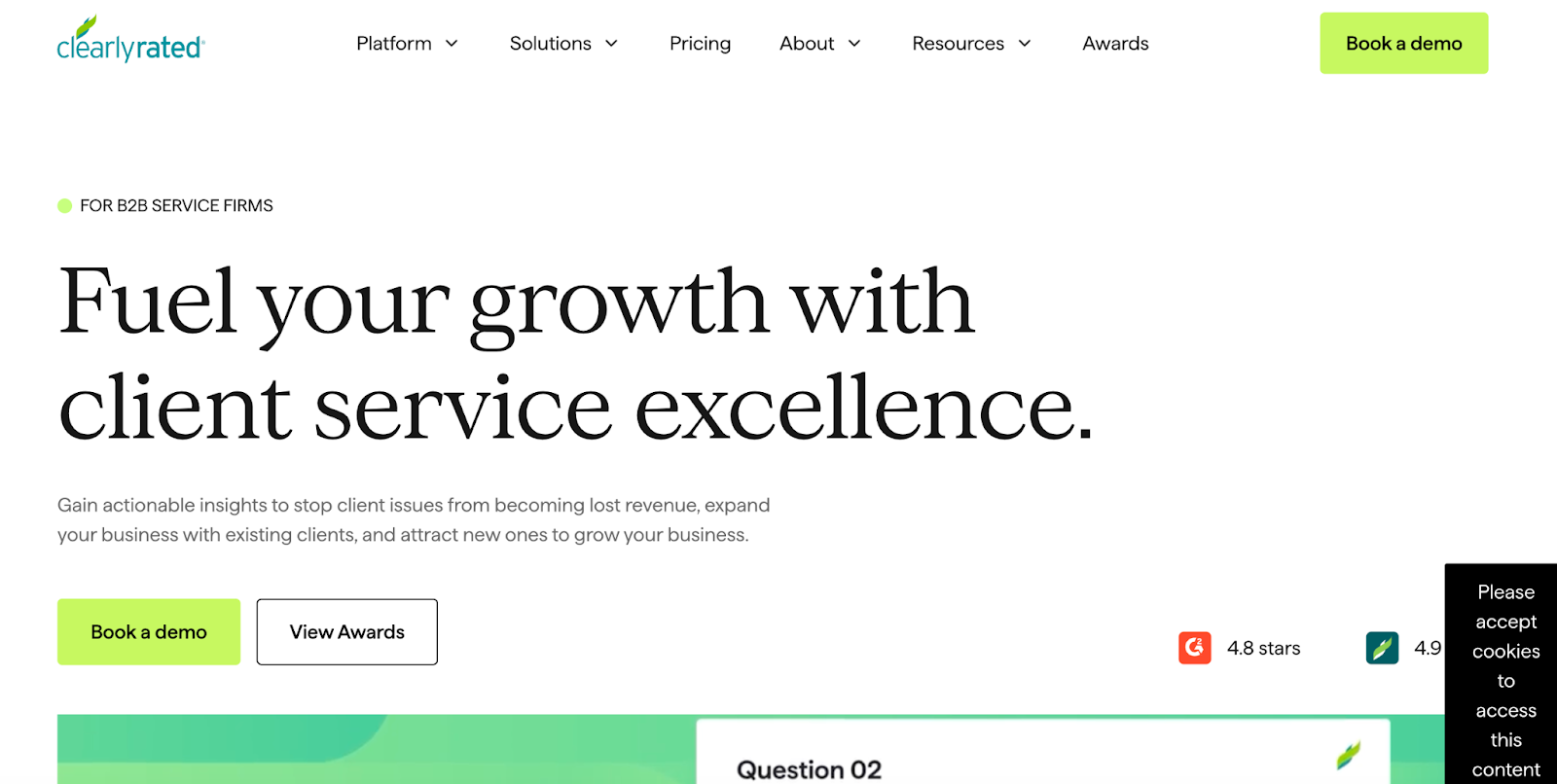
As a client experience and reputation management platform, ClearlyRated combines advanced VoC features with hands-on services to help teams gain meaningful feedback and act on it quickly. The platform monitors client relationships and tracks satisfaction throughout a project or matter. This setup helps you measure client sentiment regularly and respond based on actual experiences, which leads to more repeat business and better referrals over time.
Here’s what teams often accomplish with ClearlyRated:
- 380% more hidden client issues than standard NPS tools
- 17-point NPS boost in net promoter scores (NPS) through consistent follow-ups
- 83% reduction in recurring complaints and customer churn via closed-loop workflows
- $1.8 million in referral revenue on average
ClearlyRated also gives you survey templates you can tailor, lets you automate actions for each type of respondent, and offers AI-powered analysis tools. These features allow you to turn unhappy clients into loyal ones and keep improving your VoC strategy over time.
Qualtrics
Qualtrics collects feedback from social posts, product reviews, and surveys to centralize VoC campaigns across channels. It applies natural language processing to organize feedback by sentiment and topic quickly and clearly. Teams use these insights to focus on the most important customer concerns without delay.
SurveyMonkey
SurveyMonkey provides survey creation tools with easy-to-use templates and sentiment analytics. It integrates with enterprise services like payment and communication platforms.
Medallia
Medallia operates as an experience platform that gathers feedback from surveys, email, web, social media, and reviews. It goes beyond collection by analyzing trends and sentiment patterns across departments.
2. Analytics suites
Analytics suites break down large volumes of customer feedback and behavior into patterns you can act on. Here are some of these tools:
- Text analytics: These tools process open-ended feedback from surveys, emails, and chats, turning raw text into structured insight using keyword tagging, trend tracking, and topic grouping. For example, Medallia Text Analytics automatically tags topics and themes, tracks co‑occurrences, and spots emerging trends in real time.
- Speech-to-text: These solutions convert recorded customer calls into written transcripts that can be analyzed for tone, keywords, and intent, giving you access to rich insight from call center conversations. CallMiner provides interaction analytics across voice and digital channels using its Conversational Analytics platform, converting conversations into structured insight for deeper analysis.
- AI-driven insight engines: These tools combine various inputs, like support tickets, reviews, and social mentions, and use machine learning to surface patterns, predict churn risk, and identify satisfaction drivers. For example, Medallia Experience Cloud integrates surveys, support tickets, reviews, digital and voice channels, and uses AI (e.g. Athena, Themes, Smart Response) to highlight satisfaction drivers, predict churn, and guide action.
3. CRM and CX integration
You don’t always need a brand-new tool when your current systems can support a VoC strategy. Many companies already use CRMs or support platforms that offer built-in VoC features.
Here are some of these tools:
- Zendesk: Zendesk brings VoC tools into its broader support platform through features like Zendesk Explore and Zendesk AI. When used alongside Zendesk's ticketing, live chat, and messaging tools, these features help companies track customer satisfaction, agent performance, and real-time sentiment in one place.
- HubSpot: HubSpot combines customer feedback tools with CRM, marketing, and sales automation. Their platform includes survey creation, voice and text analytics, and reporting tools, giving teams an easy way to collect and analyze feedback without switching systems.
- Salesforce: Salesforce helps teams run VoC programs at scale by combining feedback collection, analysis, and action planning. It gives you ways to track VoC metrics, spot gaps in the experience, and organize tasks so your team actually applies what they learn from the data.
Common Mistakes to Avoid
CX professionals starting their VoC programs often run into avoidable mistakes that can slow progress. Here are the most common mistakes:
- Ignoring negative feedback: Many teams dismiss or downplay criticism shared through their VoC program, which weakens trust. Instead of ignoring it, assign the feedback to the department most affected by it. If the comment includes a complaint, review what went wrong and offer the necessary support to fix the issue quickly and clearly.
- Collecting data without action: Gathering feedback just to report on scores wastes time and leads teams in the wrong direction. When you act on that insight, your team improves the experience, and the numbers improve on their own as a result.
- Overcomplicating the process: Some teams build feedback systems that are too technical or slow, which causes confusion and delays. When you create your VoC program, make it clear who collects the data, how it's analyzed, and which teams act on it. Avoid too many tools, long processes, or vague workflows that slow down results.
Measuring the Success of Your VoC Program
Once you launch your VoC program, you need clear ways to track whether it’s working. Here’s how you can do that:
Key metrics to track
You can use these three key VoC metrics to better understand your customers and improve your business decisions.
1. Net promoter score (NPS)
NPS tells you how likely customers are to recommend your company to others. You calculate it by asking a single question, “How likely are you to recommend our product or service to a friend or colleague?”
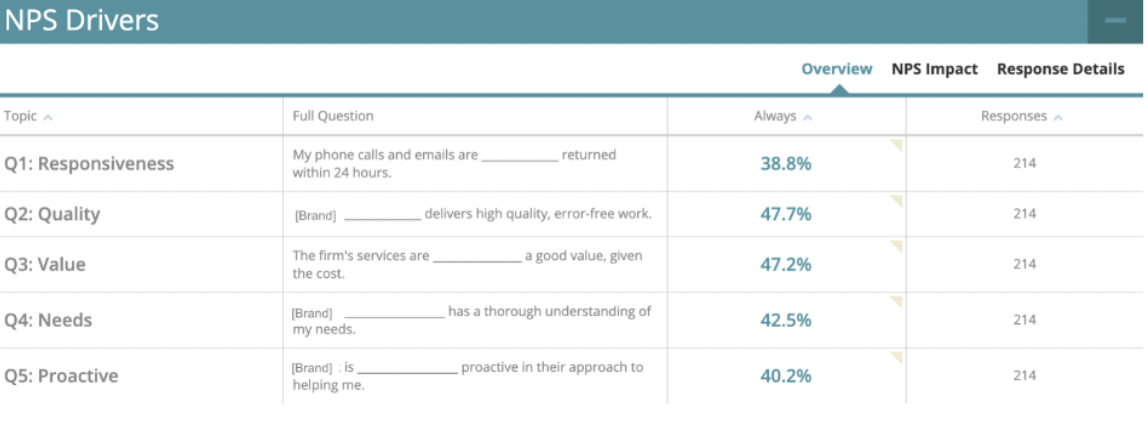
Customers usually rate it on a 0–10 scale, and then subtract the percentage of detractors from promoters to calculate the final score. Tracking NPS regularly helps you understand shifts in loyalty over time.
2. Customer satisfaction score (CSAT)
Customer satisfaction score measures how pleased customers are after specific interactions or purchases. You can obtain this score right after key touchpoints so you can identify high performers and uncover any problems quickly.
You can calculate your CSAT with this formula:
CSAT = (Number of satisfied customers / Total number of responses) x 100
3. Customer effort score (CES)
CES demonstrates how easy it is for customers to take action, such as solving a problem. Since low-effort experiences often increase likelihood of loyalty, this score provides teams with crucial friction points in the process.
Here’s how you can calculate the CES:
CES = (Total engagement actions by customers) / (Total number of customers)
Using feedback trends over time
Tracking these metrics once isn’t enough if you want to improve your VoC program. Look at how feedback changes over weeks and months to spot patterns in customer behavior.
For example, a drop in NPS during product updates may point to experience issues worth fixing. When you look at trends across feedback types, you can make faster decisions.
Case Studies & Examples
Woodruff Sawyer, a major U.S. insurance brokerage serving over 4,000 companies, made client experience a top priority. In 2014, they adopted a data-driven approach to gather honest feedback and improve service delivery. Although client satisfaction was already high, they identified some detractors and needed actionable insights.
They needed a way to turn client feedback into practical insight that could guide business decisions. To do that, they partnered with ClearlyRated, which offered a VoC strategy powered by the NPS model. This helped them understand what was working and where gaps existed.
Melinda Miu, AVP of Marketing, shared that their NPS surveys consistently placed them in the world-class service range. In 2021, they earned an NPS of 86.1%, far above the industry average of 34%.
Woodruff Sawyer now uses that feedback not only to improve service but also to support their marketing.
Ready to Build a Successful VoC Program?
Running a VoC program takes work, but scaling it with consistency takes the right tools. ClearlyRated helps you skip the manual effort by turning unstructured feedback into clear direction for your team.
Here’s how ClearlyRated supports a strong VoC strategy:
- Collects open-ended comments from NPS surveys, reviews, chats, and support tickets. Pull themes and track how often they show up.
- Analyzes sentiment, detect emerging trends, and identify pain points without sorting through raw text manually
- Uses NPS dashboards that focus on trends, top concerns, and feedback volume by channel or team
- Shares feedback insights across teams so everyone works with the same priorities in mind
Schedule a demo today to see ClearlyRated in action and start using your feedback more effectively.
FAQs
What’s the first step to launching a VoC program?
Start by defining clear business goals, identifying key customer touchpoints, and selecting tools that match your feedback collection and analysis needs.
How often should I collect customer feedback?
Collect feedback continuously across major interactions, but avoid over-surveying. Timing depends on your goals, so track after purchases, support cases, or major product changes for the best results.
Can I automate parts of my VoC program?
Yes, automation tools can trigger surveys, analyze sentiment, tag themes, and distribute insights across teams, helping you save time and act faster on key customer feedback.
FAQs


.png)

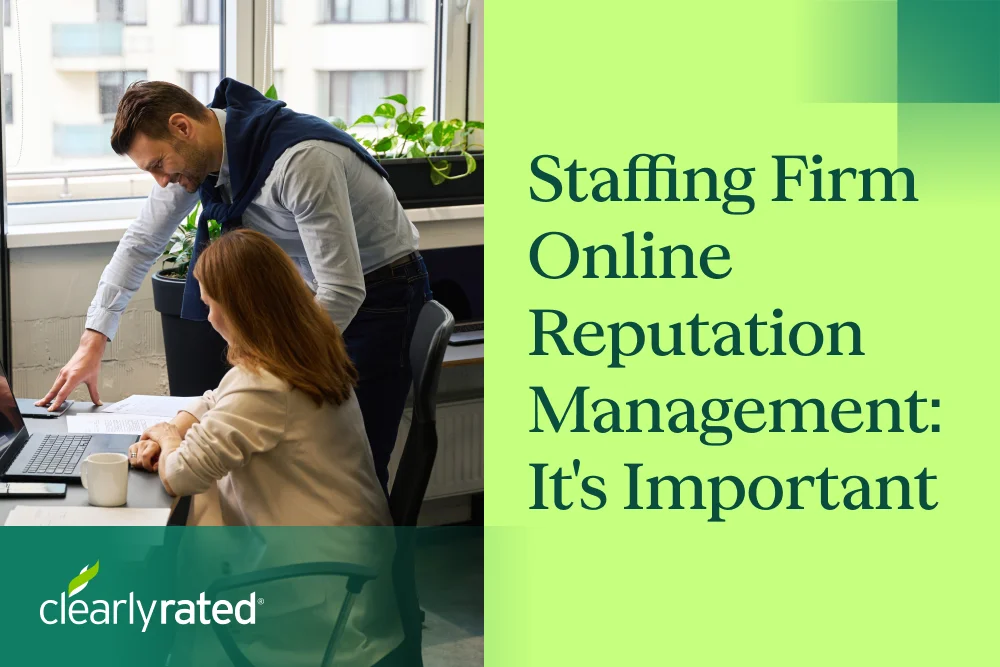




%5B1%5D.webp)
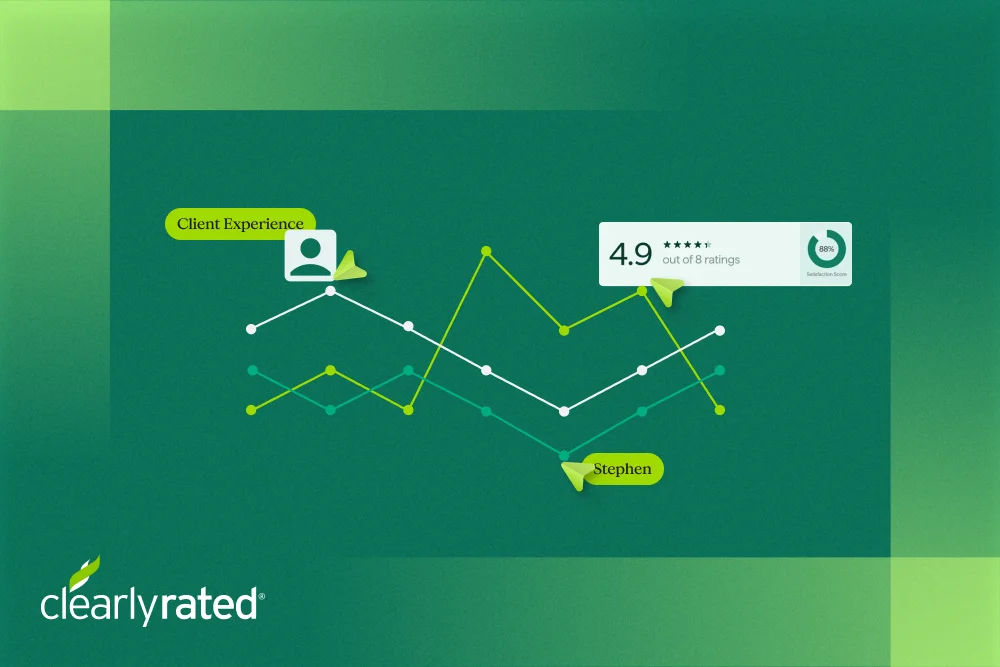






.png)






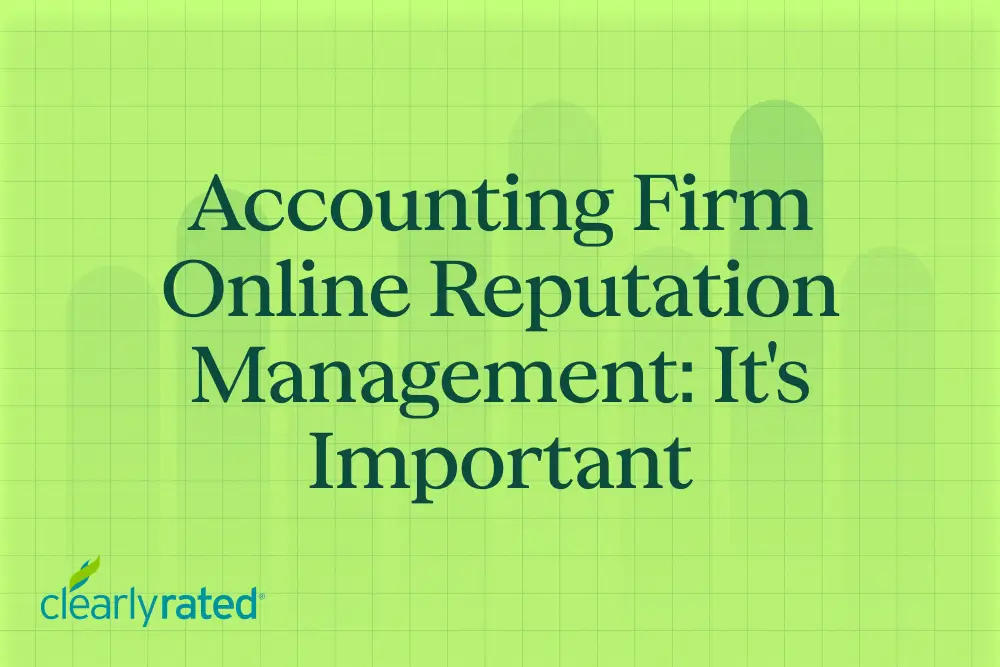


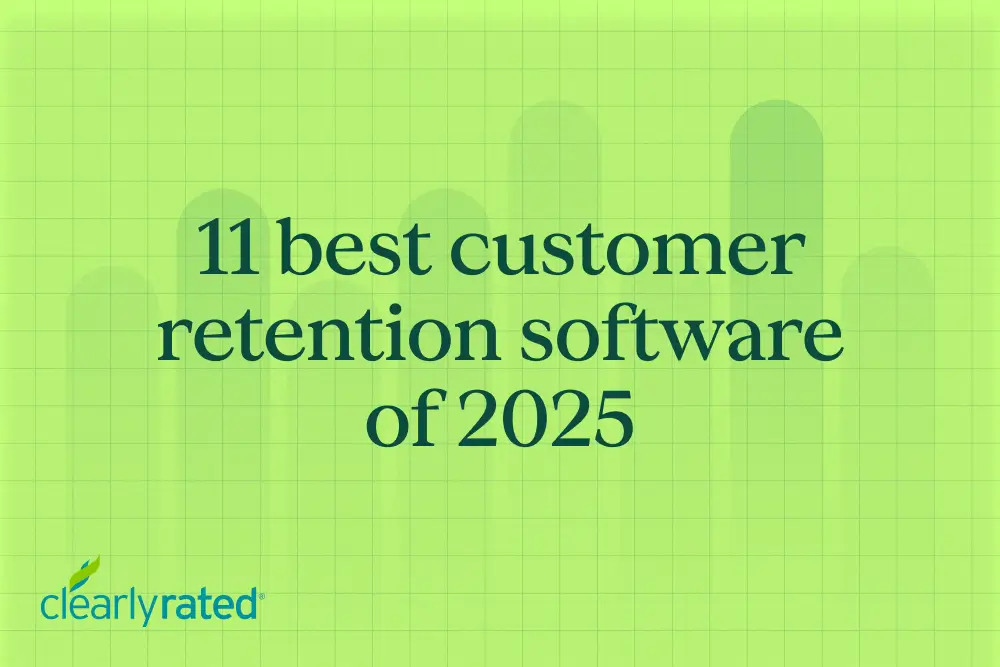

_%20The%20Ultimate%20Guide.png)
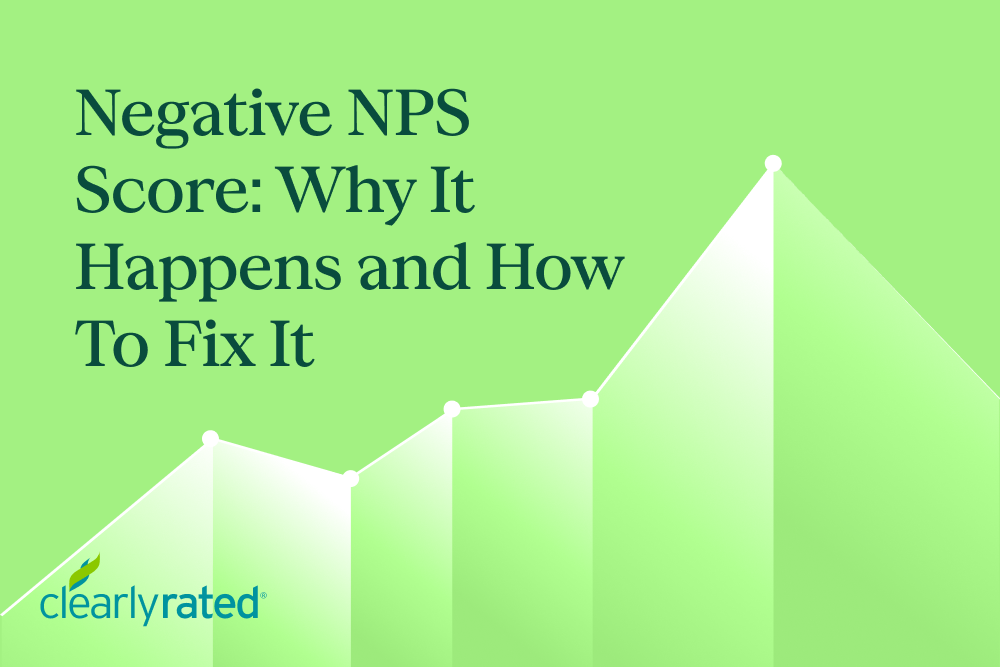

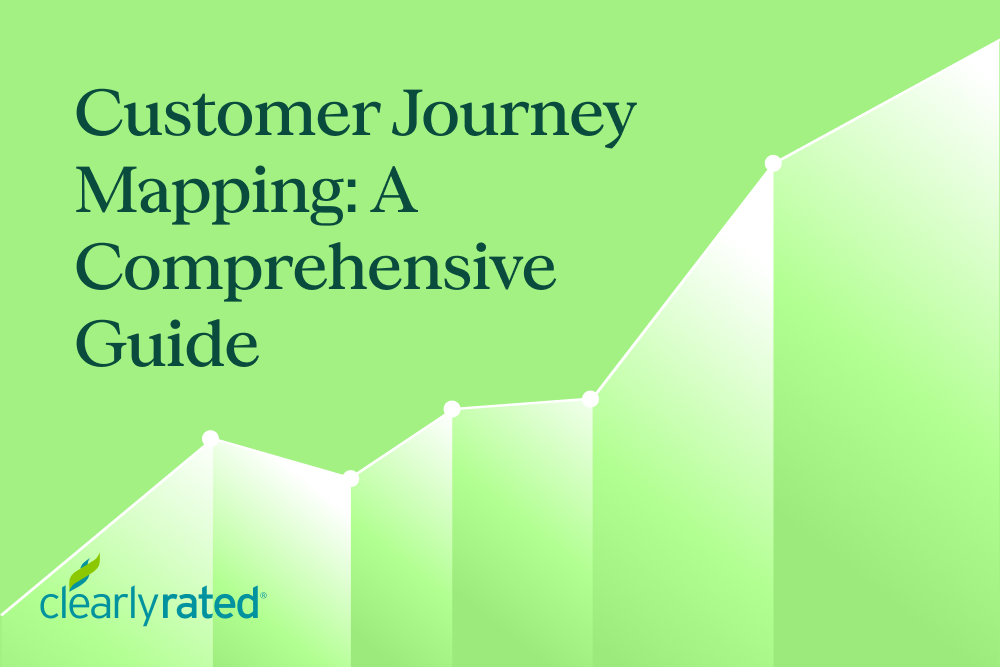

.png)




















%20in%20the%20Workplace.png)










.png)

%20and%20how%20can%20you%20increase%20it.png)
_%20A%20Step-by-Step%20Guide.png)

.png)
.png)




_.png)



%20in%202028.png)


_%20The%20Ultimate%20Guide%20(2024).png)











